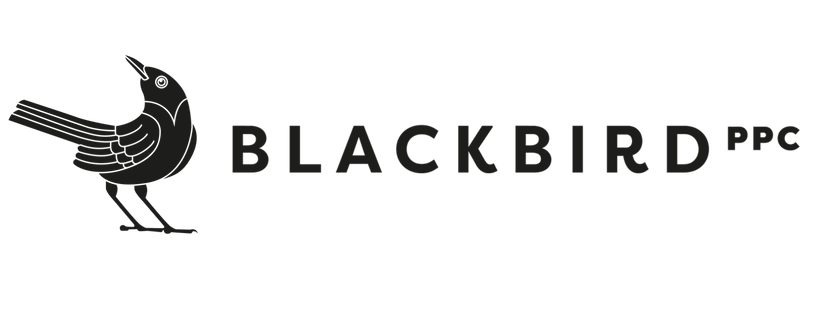5 Tangible Benefits of Managing PPC and SEO under One Roof
SEO and PPC are vastly different disciplines whose required skill sets are rarely mastered by one person. Perhaps for this reason, they all too often exist in silos, working towards similar goals of awareness, engagement, and conversions in different, non-intersecting paths.
If this sounds like your brand’s approach to PPC and SEO, it’s time for you to make some adjustments.
Whether you’re managing both SEO and PPC campaigns in house or with the help of an agency or consultant, tight integration of the disciplines can produce greater-than-the-sum-of-their-parts gains in market share, efficiency, and the competitive landscape.
What are those gains, and how do you realize them? Let’s explore.
Expansion of high-intent keywords
SEO experts who spend time mining search query reports will be able to spot high-intent, long-tail keywords for their PPC teammates to target. Especially for brands seeking conversion momentum with smaller budgets, longer-tail keywords can provide a small but important pool of wins.
Top-of-funnel traction and retargeting pools
In many instances, PPC teams prefer to focus their budget on middle-funnel and lower-funnel campaigns with more immediate revenue dividends. Where PPC teams don’t have top-of-funnel coverage, SEO teams should lean in and make sure content positioned for education and awareness carries low-friction CTAs that bring users into a brand’s CRM or retargeting pool. Actions like blog or newsletter subscriptions can arm PPC teams with first-party data that negates the effects of cookie erosion and builds privacy-compliant audiences to nurture toward conversion.
More engaging search ad copy
Whether it’s PPC teams feeding their SEO colleagues insights on high-CTR ad copy to use in headlines and meta descriptions or SEO teams sharing effective longer-form content themes that can help PPC teams better align ad copy to landing page content, each team’s engagement insights can carry tons of value for the other side.
Nimble SEO strategy
The nature of PPC provides much more immediate insights on user behavior in keywords with a decent amount of volume. PPC teams who can relay these insights to their SEO partners as trends develop can help identify potential growth pockets for SEO to prioritize.
One common example of this dynamic at work: PPC teams identify top-converting keywords or themes and help their SEO partners prioritize organic optimization of that same content by fleshing out copy, adding internal links, tuning up metadata, and more. The result: more traffic to high-converting pages.
Keyword gap coverage
This one works in both directions.
SEO teams are often stymied in their pursuit of impressions on high-volume head terms dominated by bigger entities; in this instance, paid search can test the waters by bidding into relevance. (Note: you don’t have to go broad on these head terms if costs are prohibitive; start with similar audiences or RLSA to get in front of a select group of users most likely to engage.)
On the other hand, if PPC budgets are insufficient to gain traction on certain keywords that figure to be important in the long term, the SEO team can place a high priority on that subset and put together a strategy to focus on climbing the ranks over the coming months or years.
Wrapping up
It’s possible, of course, to realize these gains by building a coordinated approach to communication between different teams, but we’ve found that issues like attribution and perceived brand search cannibalization continue to crop up if the teams are both determined to show the value of their individual efforts.
The most effective approach we’ve found is to share insights at least monthly (but more ideally, every two weeks), either in person or over remote channels like Zoom and Slack. The other important facet here: shared, regularly updated documentation that makes it easy for each team to access and learn from each other’s insights over time.
If you’re interested in the way Blackbird’s PPC and SEO teams work together – or build cohesion with external partners to dissolve potential silos, give us a shout. We’re always happy to talk shop.
